On the 19-20 April 2017, members of the University’s Hunter Living Histories presented an overview of twenty years of work creating the 3D Virtual Newcastle Time Machine at the Digital Cultural Heritage: FUTURE VISIONS Conference in Brisbane.
The following paper “Newcastle Time Machine A multidisciplinary approach to digital cultural heritage” by Hardy, A, di Gravio G, Rigby, R, Davidson, T was delivered at the conference.
For more info on the conference proceedings click here.
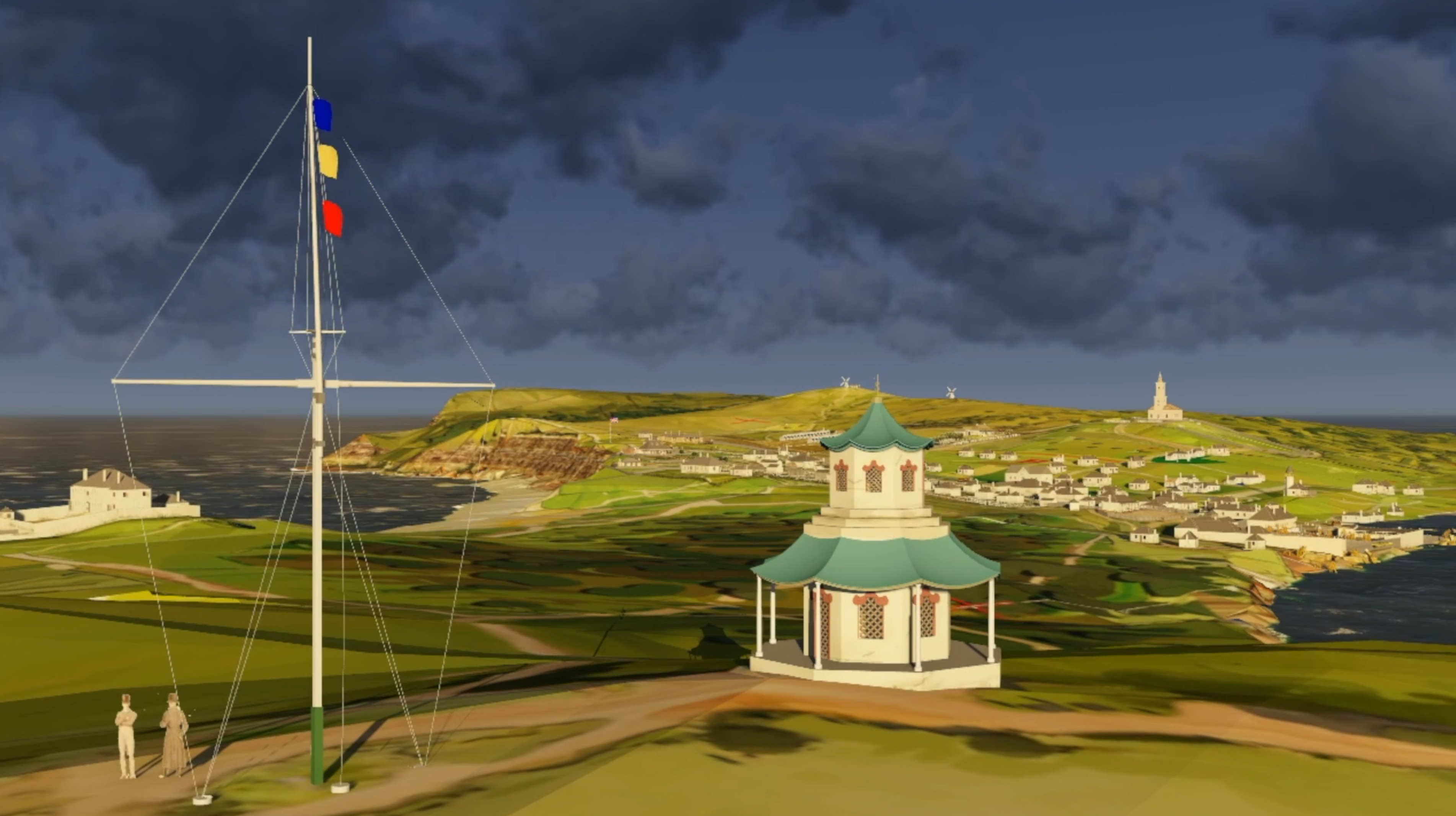
‘Newcastle Time Machine – A multi-disciplinary approach to digital cultural heritage’ Conference Paper
By Dr Ann Hardy, Charles Martin, Russell Rigby, Tim Davidson and Gionni Di Gravio
“Newcastle Time Machine – A collaborative approach to digital cultural heritage” Powerpoint Display (PDF)



ABSTRACT – The paper discusses the University of Newcastle’s Hunter (Living) Histories initiative (HHI) and the multi-disciplinary heritage model to develop collaborative digital cultural heritage projects. The HHI engages across the university and wider communities to develop heritage projects that are shared globally across various social and digital media platforms. One of the projects undertaken by the group is the 3D Virtual Hunter Project which created the Newcastle Time Machine, embodying fly-throughs and 3D immersive recreations of the early Aboriginal and Colonial Newcastle, up until 1830. Its creator, architect & visual designer, in collaboration with and the University’s Cultural Collections used archival written and visual sources to construct the base model for the project, analysing and comparing historic artworks and surveys to assess the most accurate and authentic original sources of the early Newcastle landscape. The methodology to use primary sources as evidence to construct a landscape as accurately as possible is crucial so that the historical past is interpreted with authenticity and integrity. As an educational tool, this project reflects the new digital age and changes in teaching and learning strategies, providing a vision of an historical past in a contemporary present. Through partnership with a local Virtual Reality development studio, The Newcastle Time Machine has been further extended by incorporating Virtual Reality (VR) Technology to further enhance this experience. Using the Oculus Rift as our VR platform, we have been able to provide viewers with a truly immersive tour of early Newcastle. This project has provided the ‘canvas’ for other digitisation projects to be proposed, for example the 3D digitisation project of a collection of Aboriginal artefacts retrieved at a 6,500 year old factory site, arguably one of the country’s most significant heritage sites, in Newcastle West.
Main points of discussion
Background – Towards Heritage Digitisation
The process has required particular expertise to analyse research material and has taken considerable time (mid 1990s-2015) to formulate ideas, procure relevant documents, analyse sources and apply digital methods to better understand the early Newcastle landscape.
Historical analysis and interpretation
Survey Process – Maps were also used in a comparative analysis to gain as accurate as possible delineation of the landscape and built structures.
Sketchup software was used to create the computer model of the Newcastle Time Machine. This is a simple modelling program. For rendering of the model the software Photoshop was used to create a painted over effect and artistic overlay.
See further information “Newcastle Time Machine – A collaborative approach to digital cultural heritage”
Conversion of the Newcastle Time Machine to a Virtual Reality experience
Charles Martin’s Time Machine work was converted and gamified into a Virtual Reality experience in 2014, files were provided to a virtual reality and augmented reality development studio, Virtual Perspective under the direction of Tim Davidson and the animation was extended by incorporating Virtual Reality (VR) Technology. By using the Oculus Rift as our VR platform viewers can now experience a more immersive interactive 360 degree tour of early Newcastle. Demonstrations of the immersive VR ‘Newcastle in 1825’ as well as the upcoming Newcastle Council funded ‘Dual Names Aboriginal Project’ were also displayed.


Digital Heritage Perspective
The heritage discourse in Australia is very broad and diverse. So too is ‘Digital heritage’. This project has required collaboration and teamwork and is a model based in archival material. It has taken many years to locate, research and repatriation of historic sources. Although the project has advanced it is still in the discovery phase, however the digitised models provide opportunities for further analysis of historical documents.
Digital models
- Promote awareness of Aboriginal culture for example dual naming. Newcastle has significant Aboriginal archaeology such as the relics found at the former Palais site in Newcastle West. The UON’s Innovation Team is in the discovery phase of how to best photograph these significant artefacts in 3D.
- Digital technology has applications in cultural heritage management – Use by professionals working in the heritage field- inform urban planners of the layers of the landscape, and of other detail (not evident in maps and plans) – physical structures, styles of architecture, flora/fauna, texture, landscape and atmosphere, shadows.
- Understanding context of individual buildings and features such as water courses, shorelines and sites of early human occupation.
- Cultural interpretations- involvement of creative industries, ie. projects that illuminate cultural sources in performance and other interpretations (such as projections in public spaces) – projects associated with people and place.
- Heritage advocacy –historical evidence is crucial in arguing heritage significance – terrain models provide a way of presenting a lot of information in a single interpretation.
Finally, at the heart of this project has been time, and the vast documentary and historical evidence embedded in each of the terrain models to develop new knowledge that can be used by the wider community, academics and students as a research tool. The time it has taken to create the digital models cannot be underestimated, it has been a collaborative process to achieve relatively reliable and meaningful digital heritage models.
Latest work by Charles Martin on the Newcastle Time Machine Project.



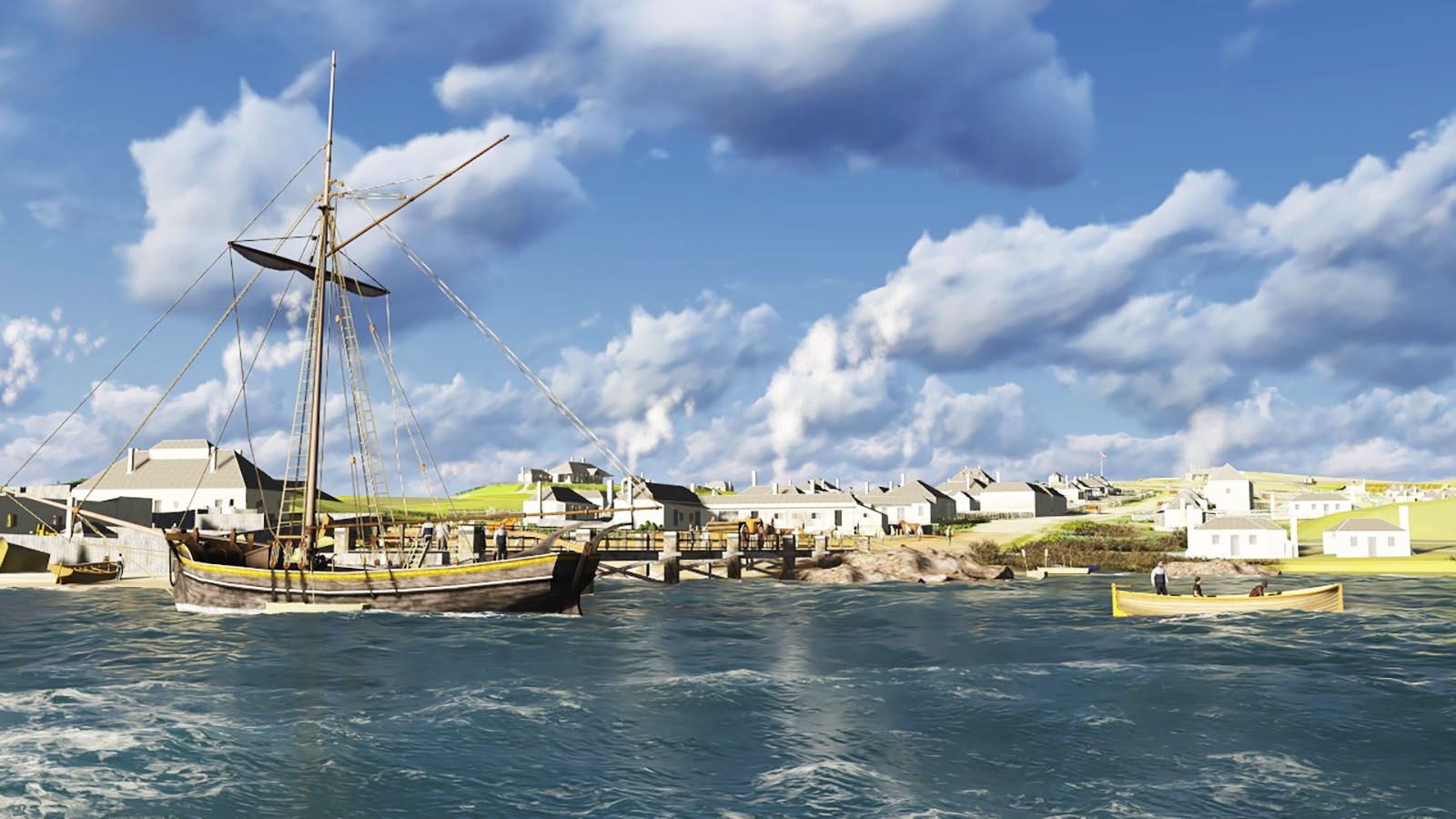








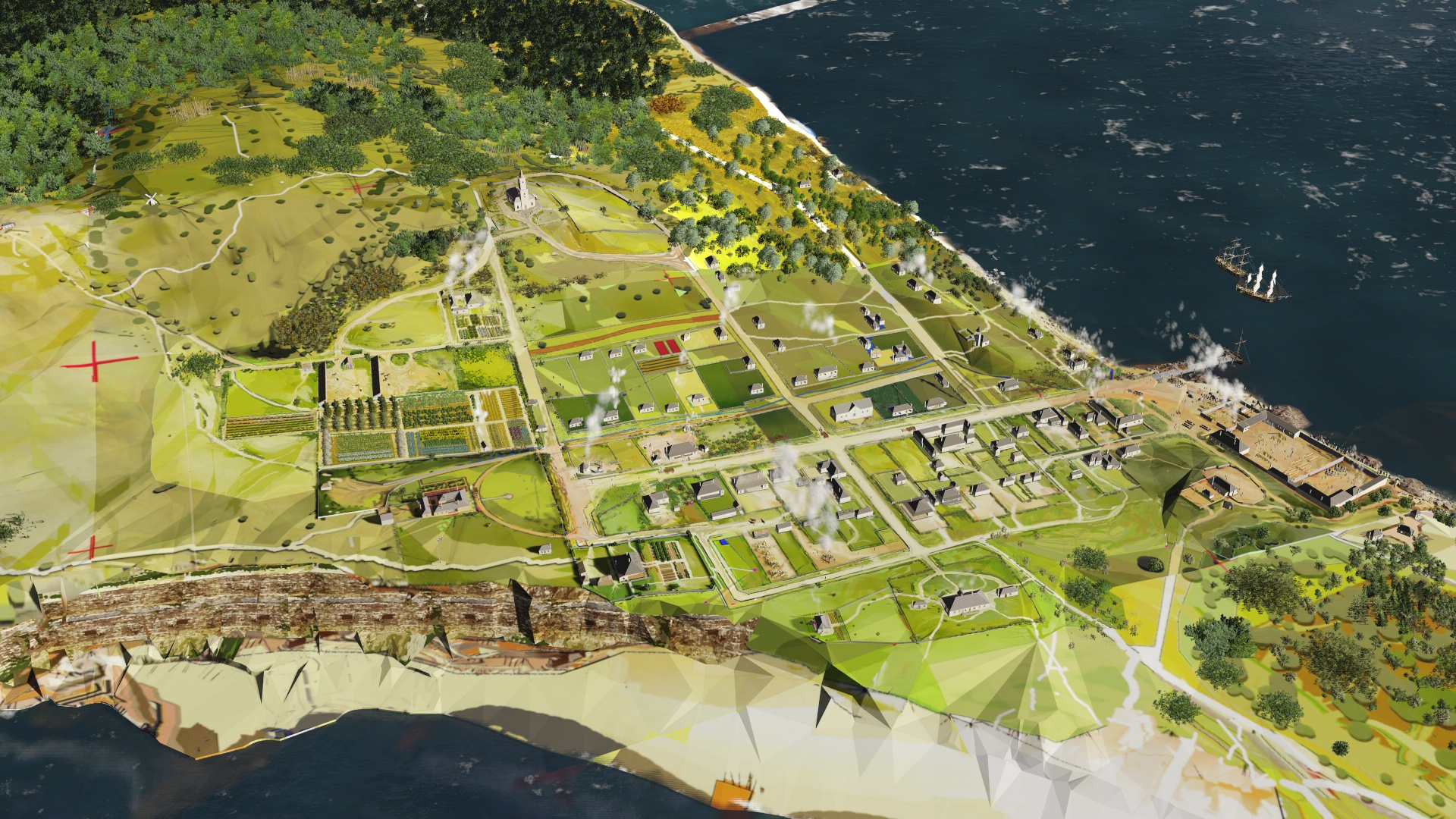

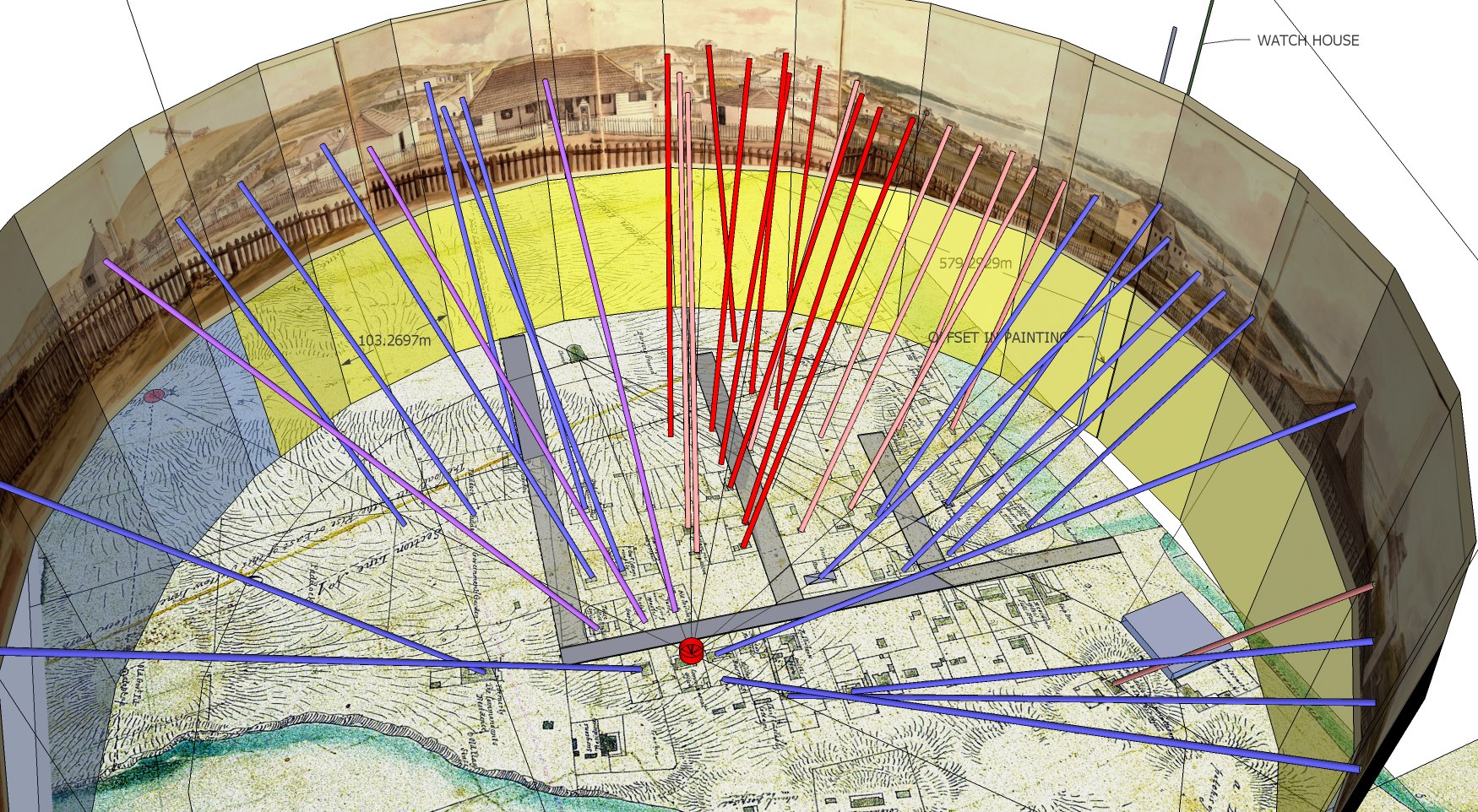
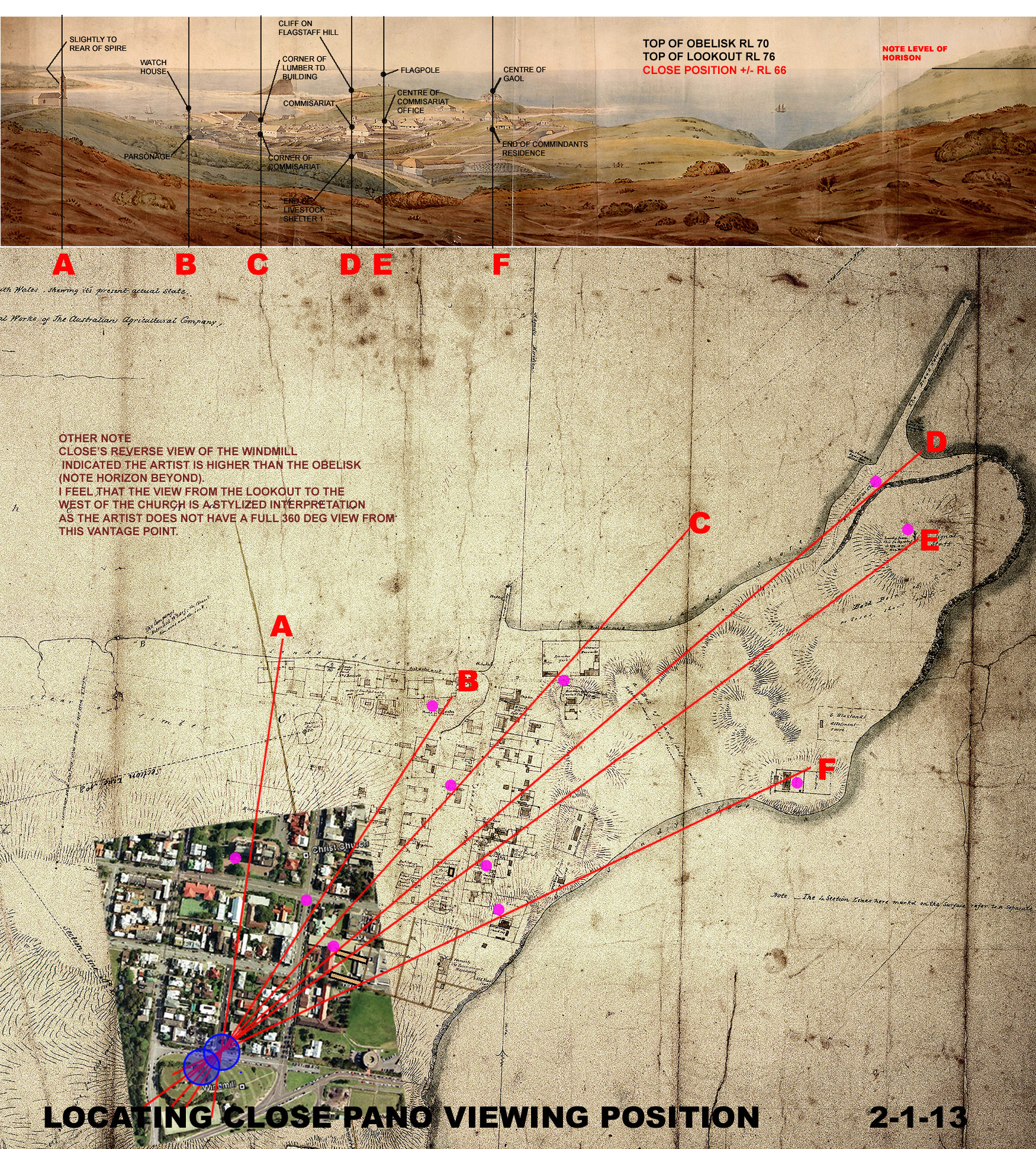





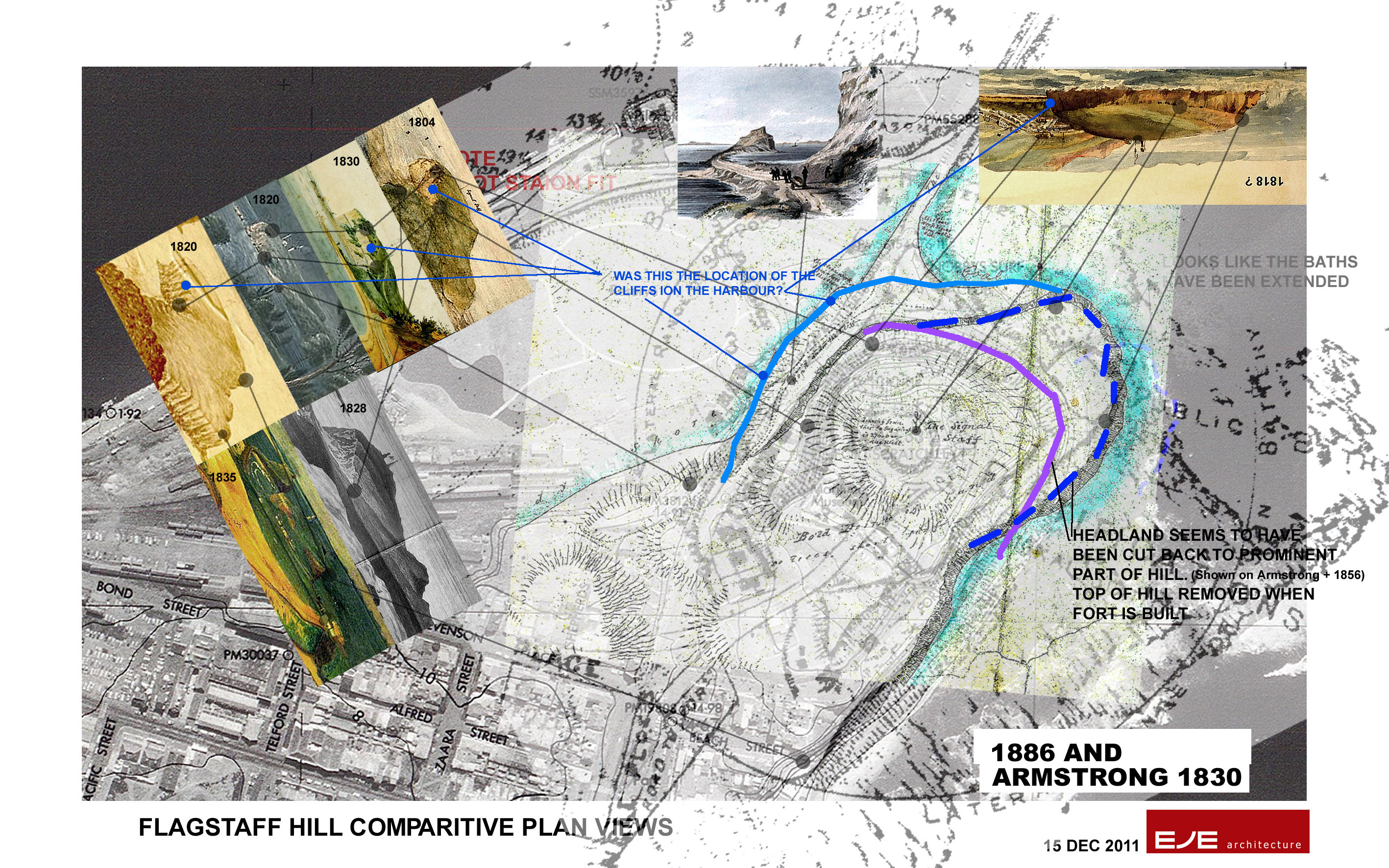
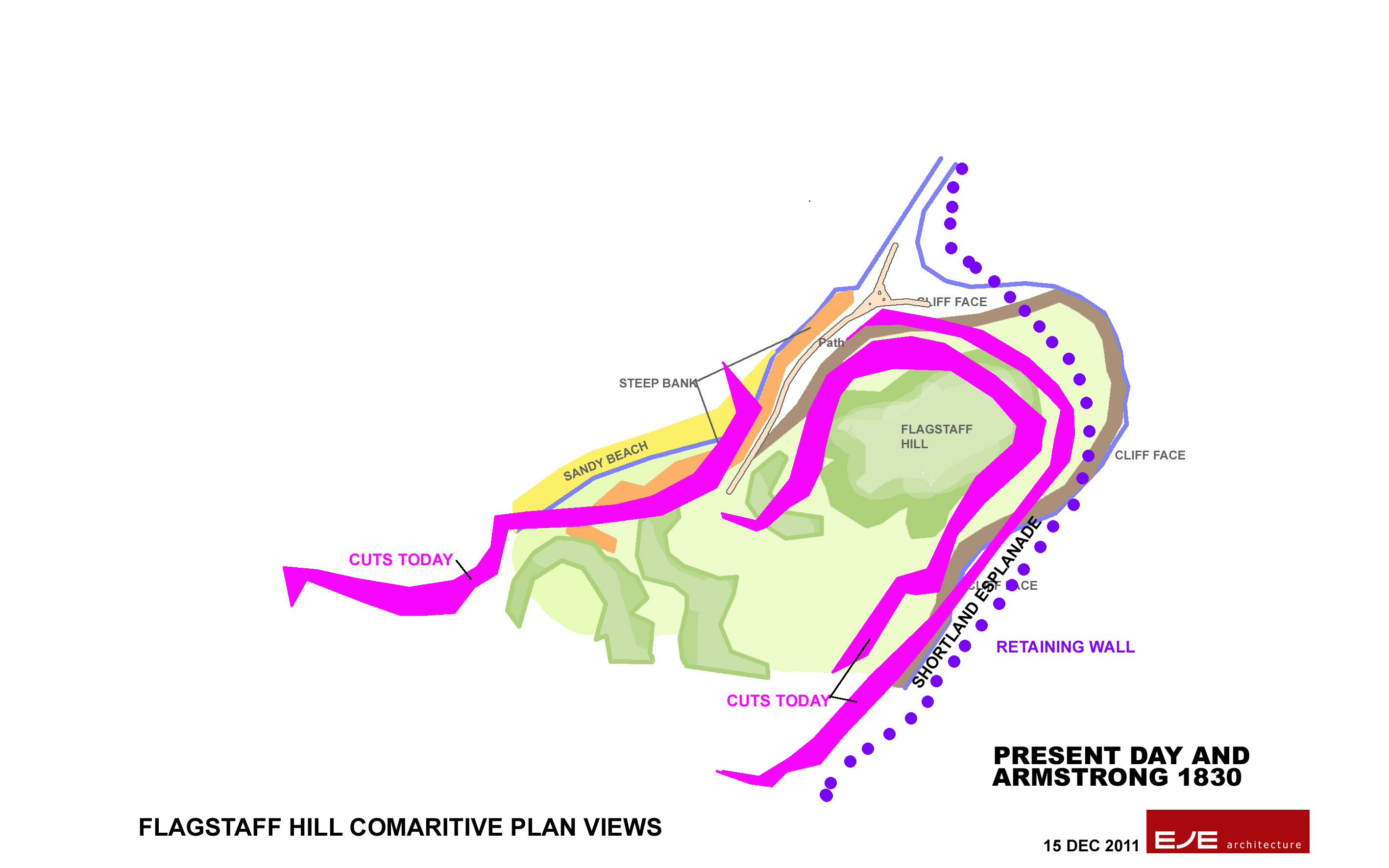













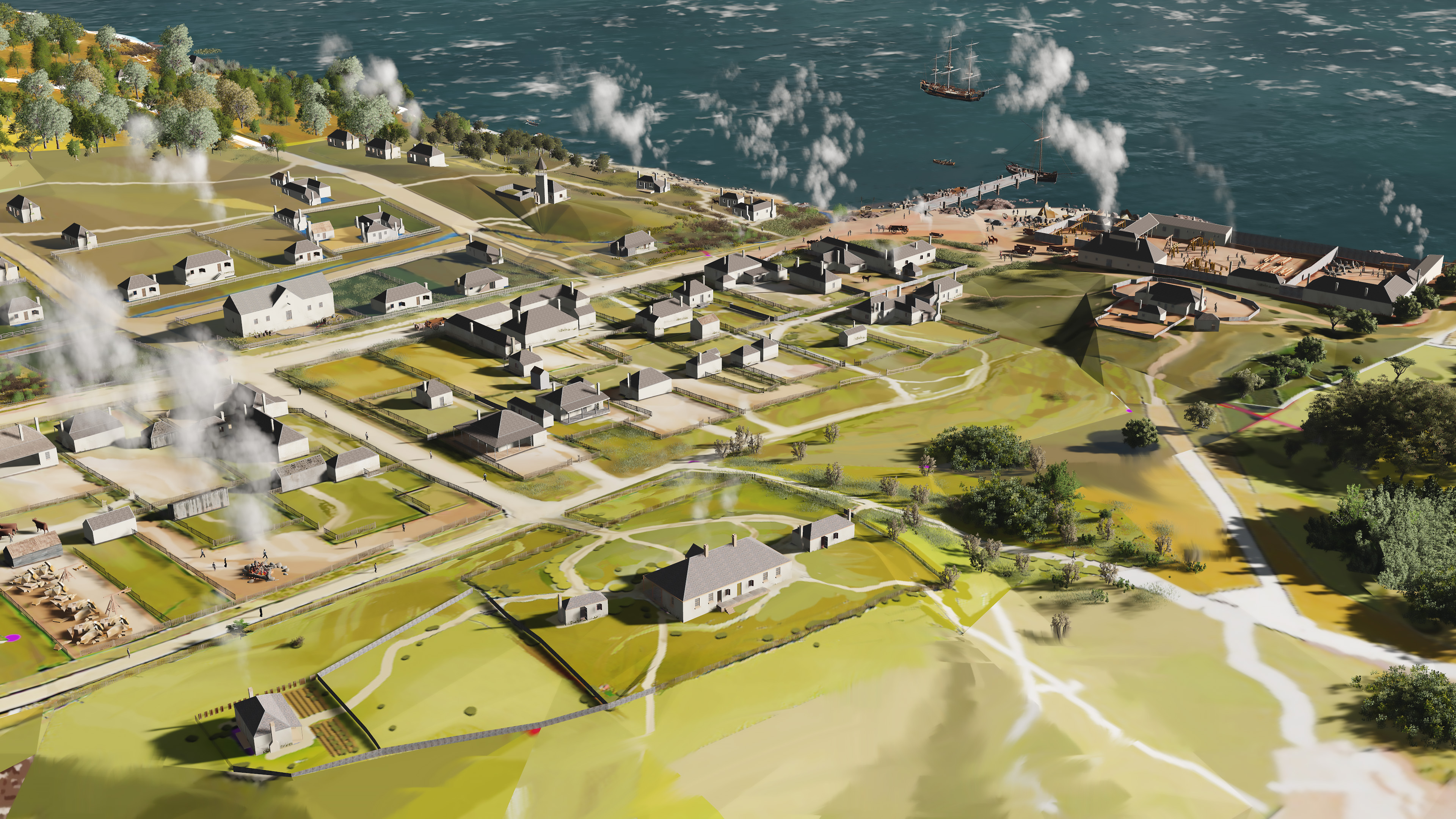


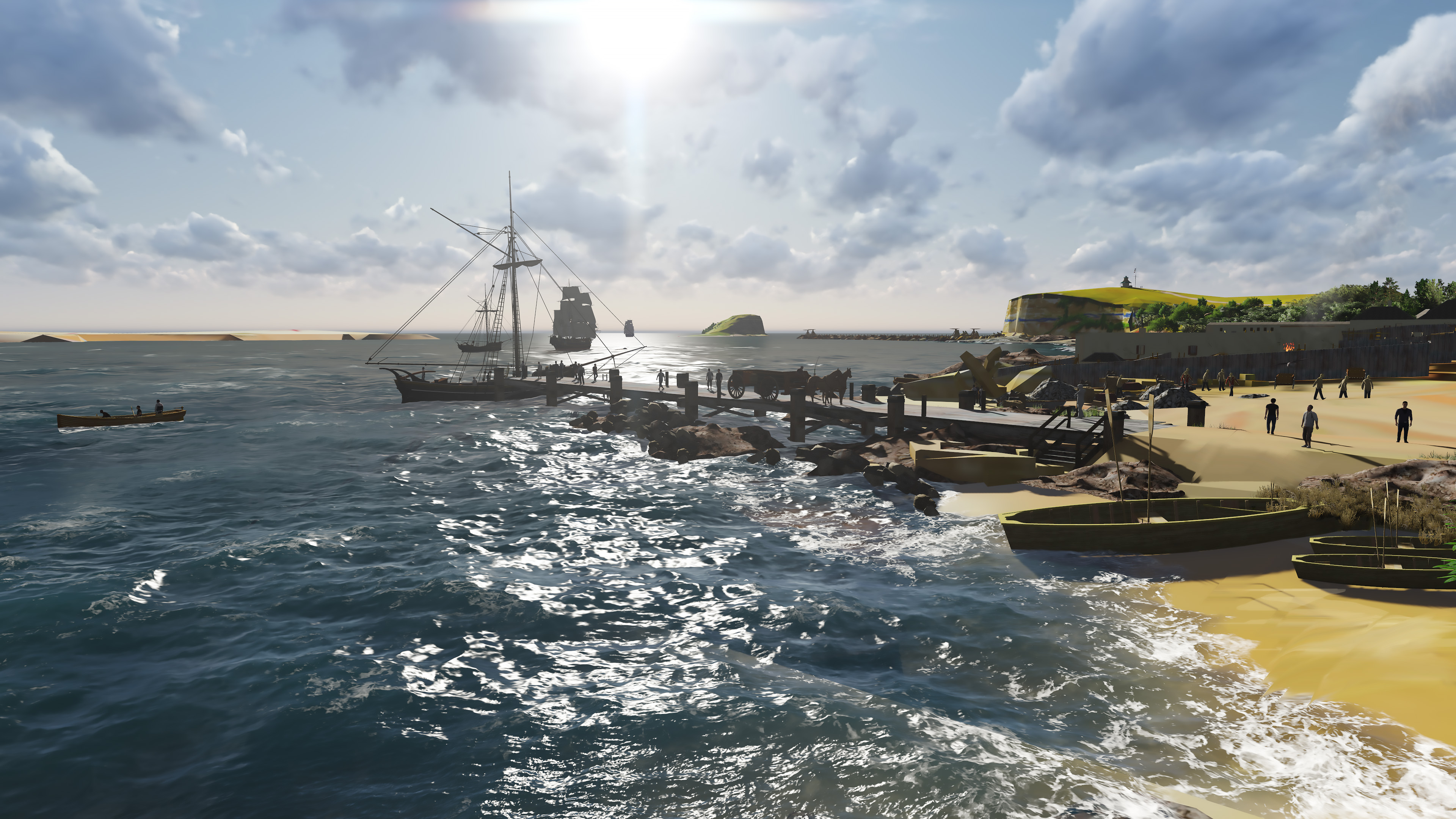









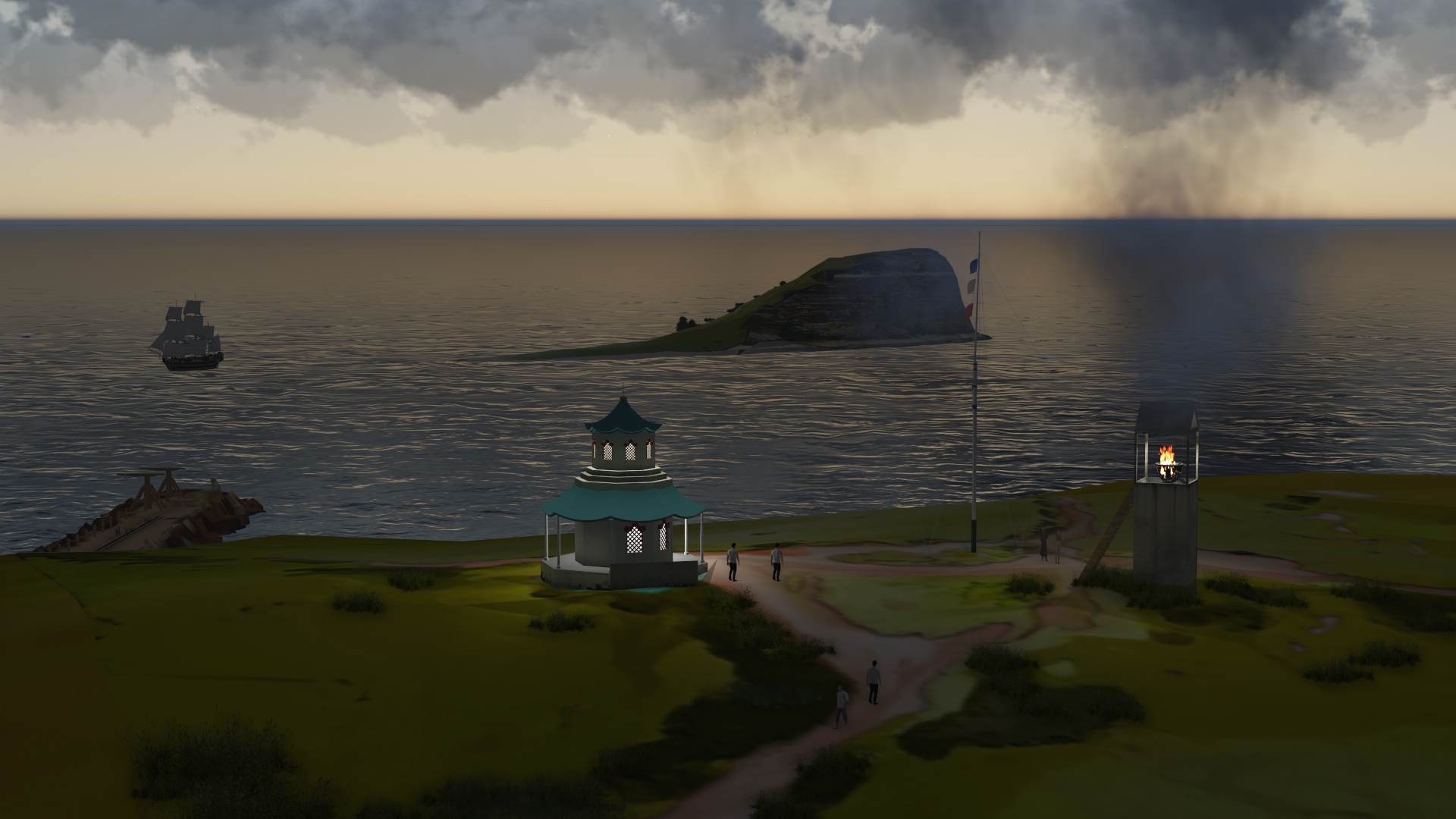

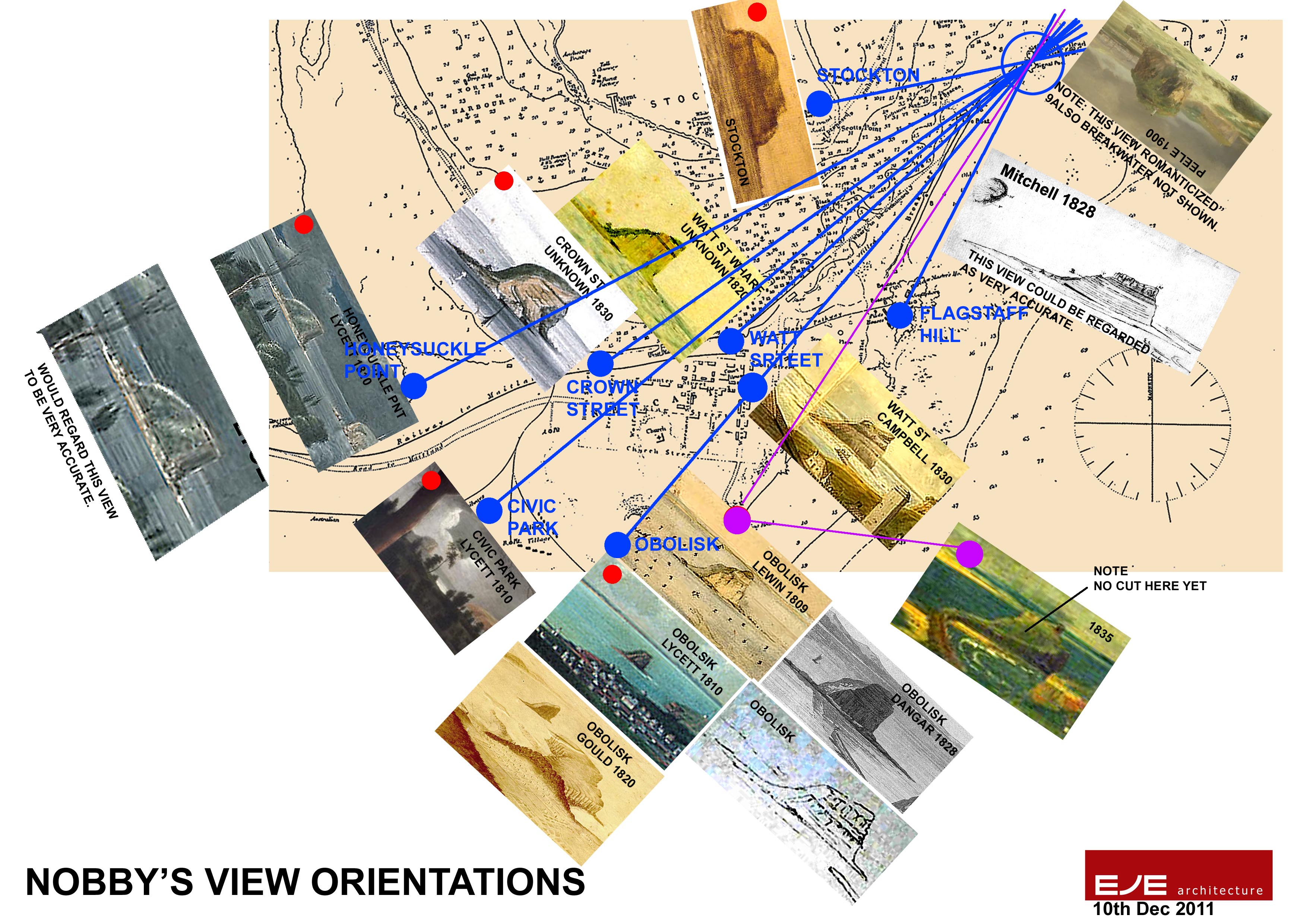



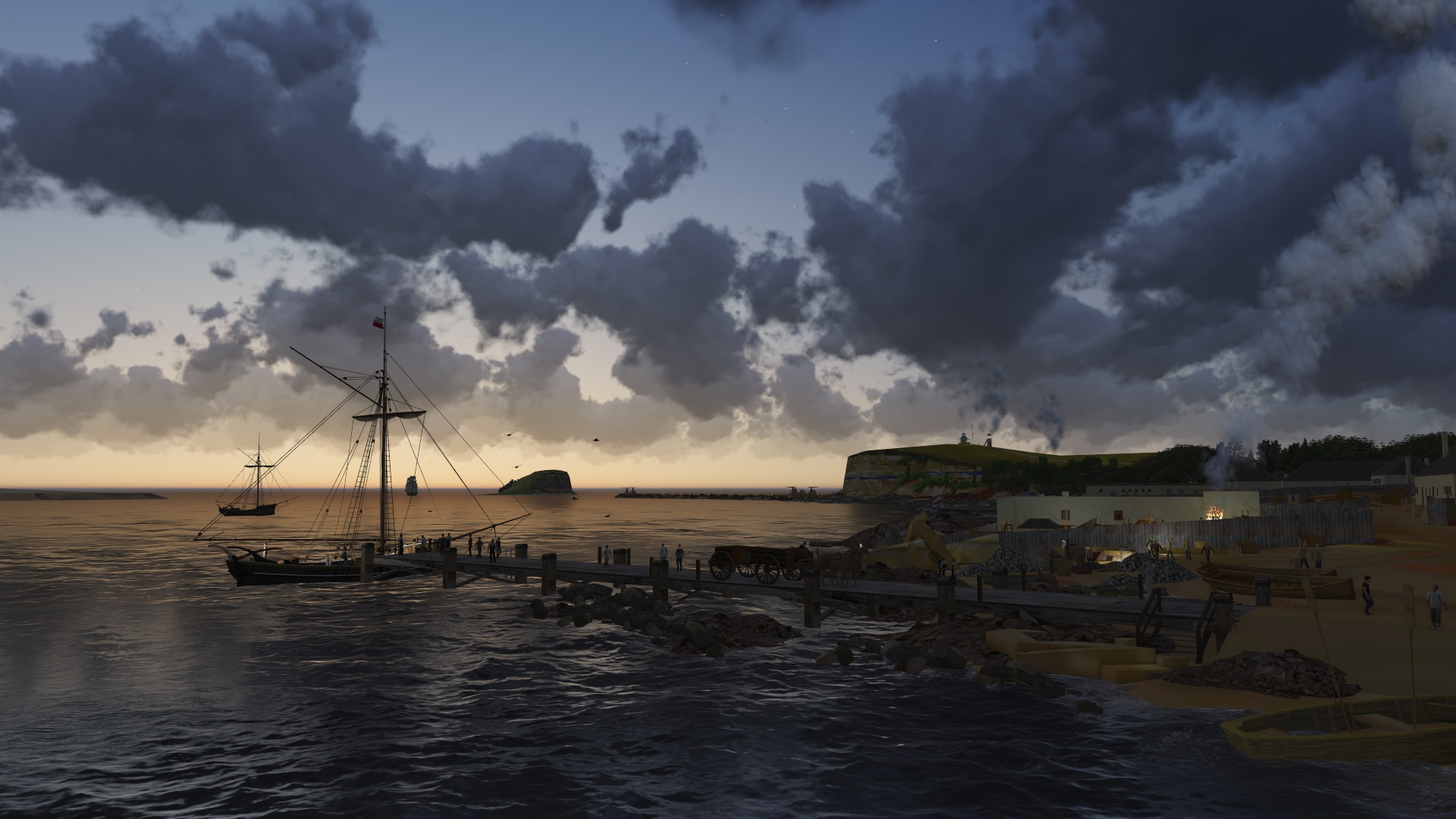
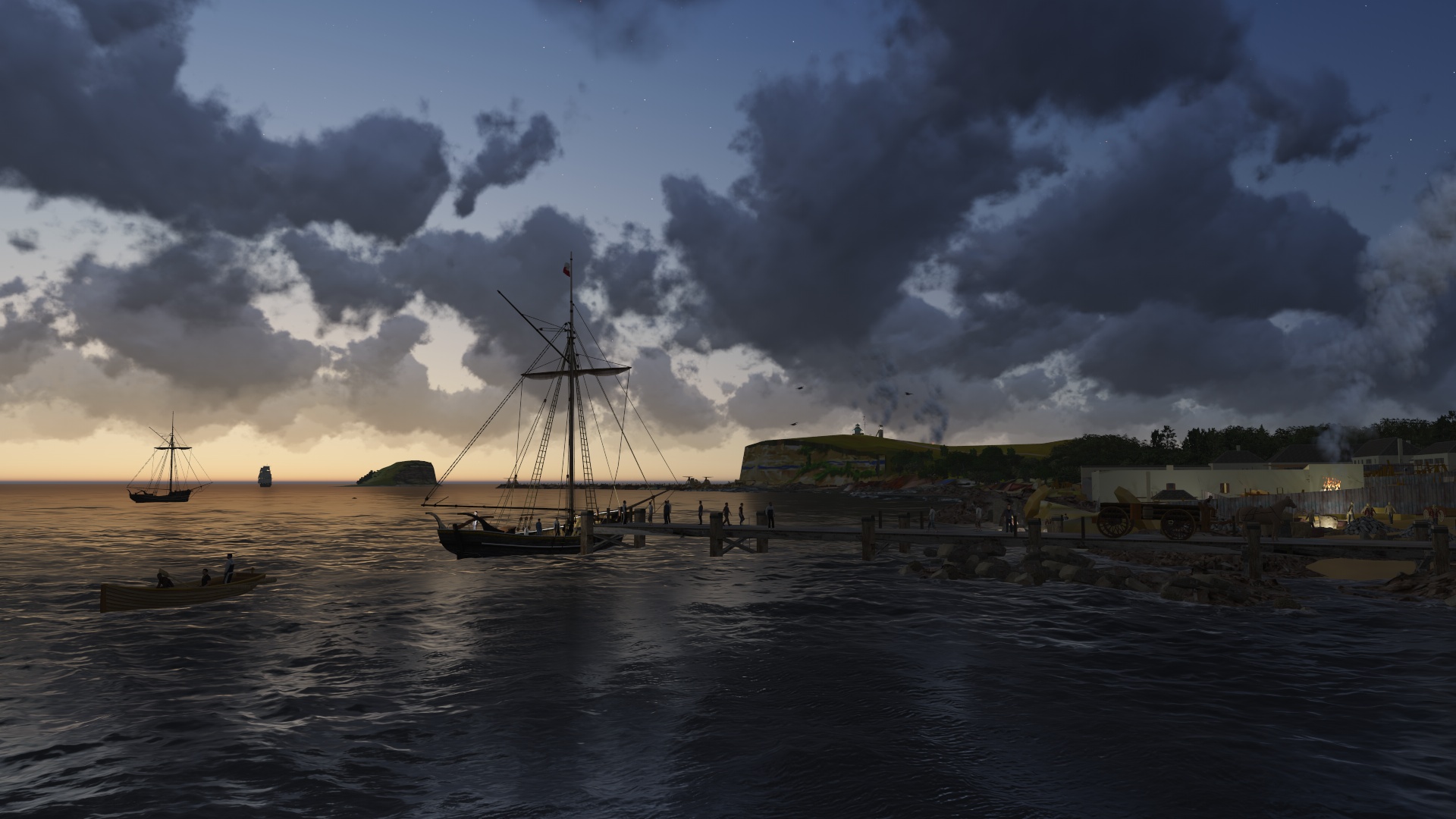





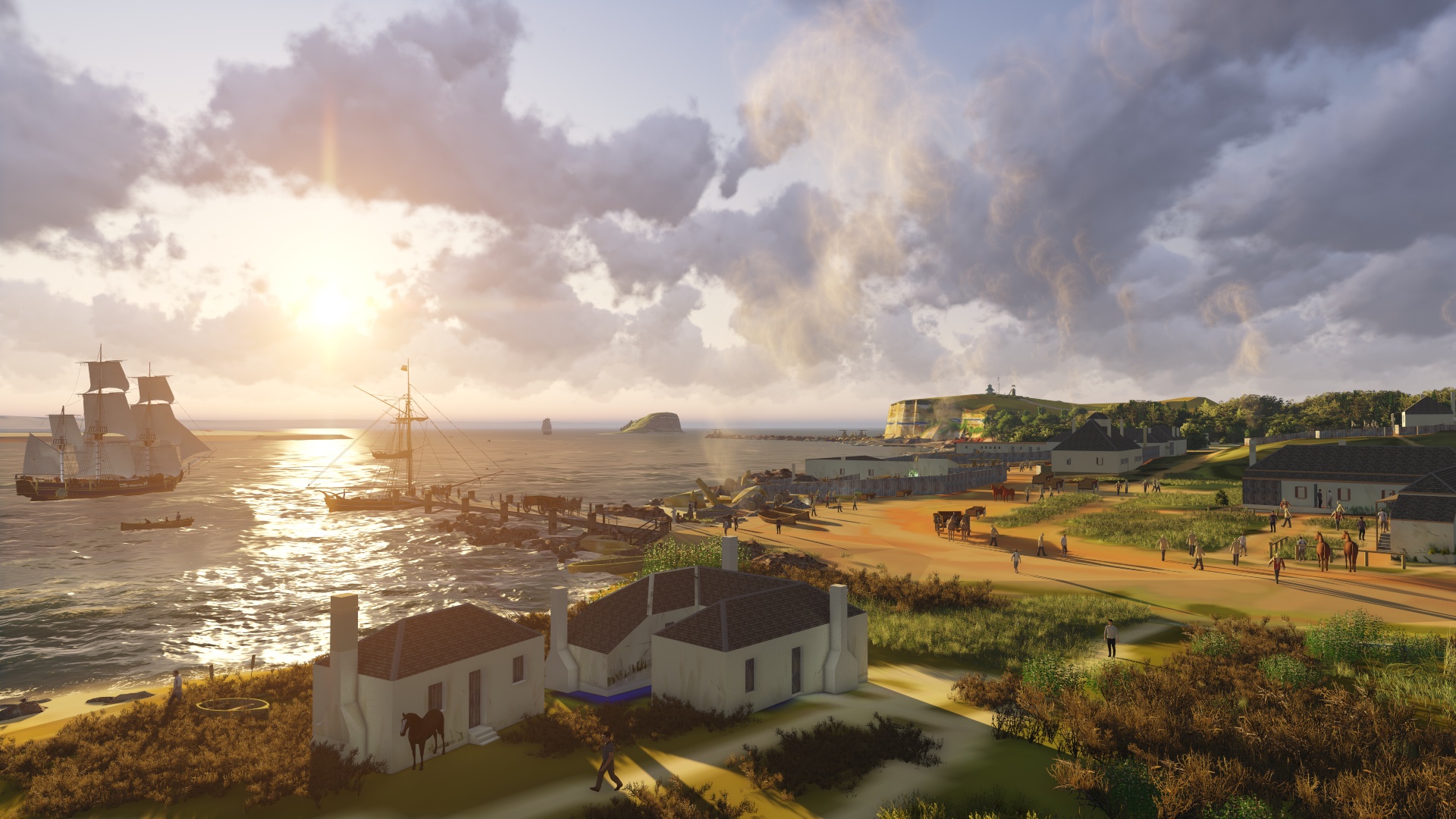








So interesting. Bringing history to life
hi do you have any records of pommy town Mayfield say around 1920 to 1950
Hi Grahame, Have you seen “The Pommy Town Year’s” book? See: http://libguides.newcastle.edu.au/mayfield/pommy-town
It is wonderful to be able to see, in colour, what Newcastle would have been like, in times gone past, especially before photography. I look forward to seeing more of this work- perhaps get more painters involved in this recording of our history?
Thank you so very much Charles and Vera.
Should be somewhere to donate to this worthy project
Glenn Turner
Hi Glenn, This is the place, The Vera Deacon Regional History Fund, https://dotnet.newcastle.edu.au/donations/